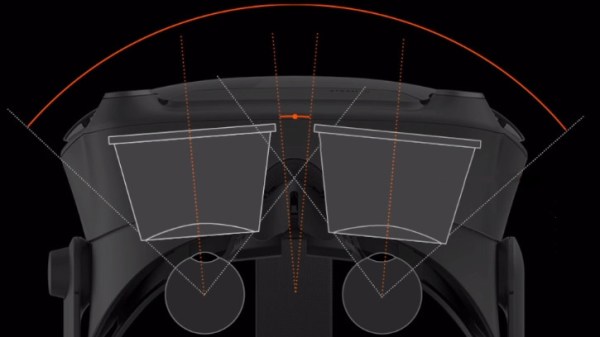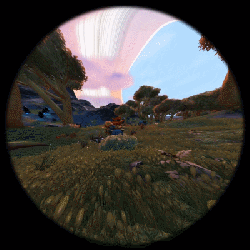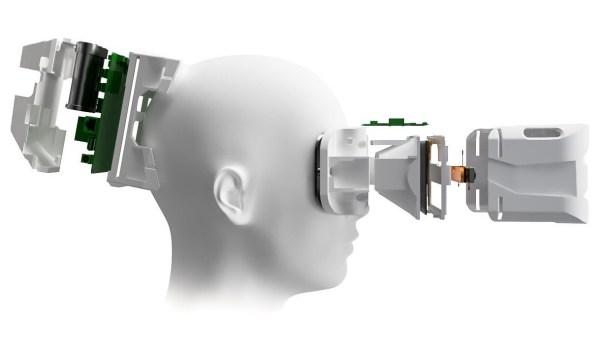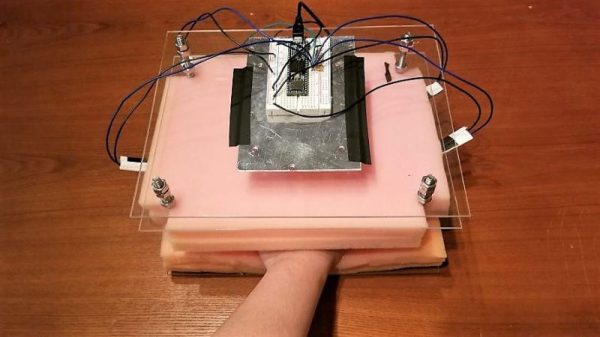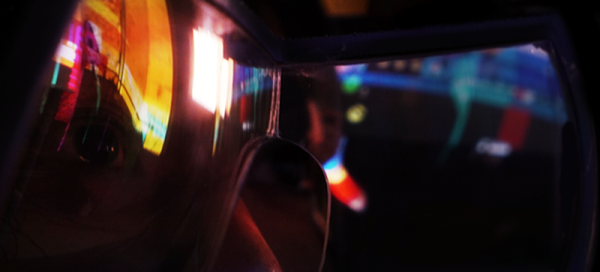The MOS Technology 6502 was one of the more popular processors of the 1980s. It ran the Commodore 64, the NES in a modified form, and a whole bunch of other hardware, too. By modern standards, it’s barely fit to run a calculator, but no matter – [Nick Bild] built a VR game that runs on the retro CPU anyway!
[Nick]’s project is built on his 6502 computer, the Vectron 64. Being a breadboard build, it’s easy to modify things and add additional hardware, and that’s precisely what he did. The VR system uses two 320 x 240 LCD screens, one for each eye. These are controlled over SPI, but the humble 6502 simply doesn’t have the speed to clock out enough bits fast enough for a video game. Instead, additional hardware is added to generate pulses to run the screens. There’s a bunch of other neat hacks as well that help make the game playable, like overclocking the CPU to 1.75 MHz and drawing common elements to both screens at the same time.
To test out the VR system, [Nick] coded a basic Asteroids VR game. It’s not really practical to demonstrate the game without the hardware, but we’d love to try it out. There’s something compelling about a low-resolution VR game with 8-bit graphics, and we hope to see the concept further developed in future.
More grunt would make this project even more capable, and for that, a 6502 running at 20MHz could come in handy. Video after the break.
[Thanks to Fred Gimble for the tip!]


